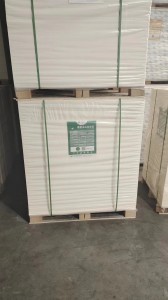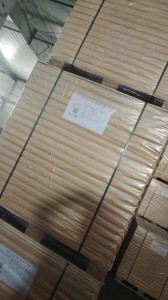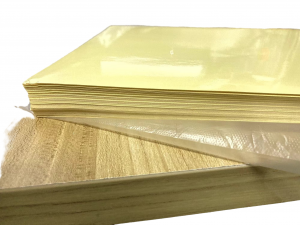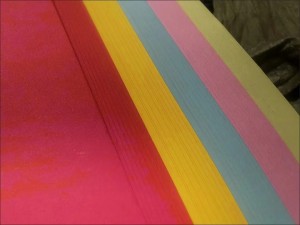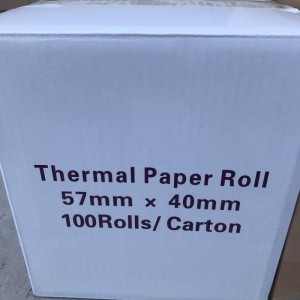Premium Offset Printing Paper for Professional Use
Name: Wood-free Printed Paper
Advantages:
Wood-free paper is a type of paper where adhesive is applied to both sides of the paper during the manufacturing process to improve its surface properties. It has low expansion, uniform oil absorption, and smooth surface. It is dense, non-transparent, and has strong water resistance.
3 Basis Weight
The basis weight of wood-free paper is generally between 60 grams and 120 grams, with higher basis weights such as 150 grams, 180 grams, and 300 grams. Of these, wood-free paper with a basis weight of 70 to 120 grams is most commonly used.
4 Colors
Wood-free paper comes in not only natural white/yellow but also bright white (up to 103 in whiteness) and colored wood-free paper.
5 Main Uses
Wood-free paper is primarily used for printing high-quality monochrome or color prints on offset (flatbed) printing machines or other printing machines.
Wood-free paper has a wide range of uses, with books and textbooks being the top choice. It can also be used for magazines, brochures, product catalogs, maps, calendars, covers, inserts, illustrations, product manuals, handbooks, comic books, advertising posters, corporate brochures, promotional flyers, envelopes, notebooks, dyed and embossed paper, forms, office/official paper, business cards, color trademarks, and various packaging materials.
6 Quality Differences
The printing images on wood-free paper are slightly inferior to those on coated paper and lightly coated paper, but its weight is much lighter than the latter, which can significantly reduce postage costs. The production cost is also lower than that of coated paper and light coated paper.
7 Use Differences
Offset paper is used. Offset paper, also known as offset printing paper, is a relatively high-end printing paper that is usually used exclusively for offset printing machines for book printing or color printing. Offset paper is divided into single-sided offset paper and double-sided offset paper, and there are also super-calendered and regular calendered varieties.
The materials and performance of offset paper. Offset paper is generally made of bleached chemical coniferous wood pulp and an appropriate amount of bamboo pulp. When processing offset paper, the addition of fillers and sizing is relatively heavy, and some high-end offset paper also needs to be surface sizing and calendering. During printing, the water-ink balance principle is used, so the paper needs to have good water resistance, dimensional stability and strength. Offset paper is often used for color printing products to ensure that the ink can reproduce the original tone of the draft. It requires a certain whiteness and smoothness. Offset paper is generally used for printing picture albums, color illustrations, trademarks, covers, endpapers, high-end books and notebooks, etc. In recent years, as people’s cultural and living standards have improved, book materials have also developed towards high-end levels, and the use of offset paper for printing books and notebooks has become more and more common. Because of the advantages of smooth, sturdy, flat, and fine texture, books and periodicals printed on offset paper have clear text and are flat and less likely to warp, which is quite different from those printed on gravure paper or newsprint. They are particularly popular with readers and users. The number of books and periodicals bound with offset paper will continue to increase in the future to meet market demand.


